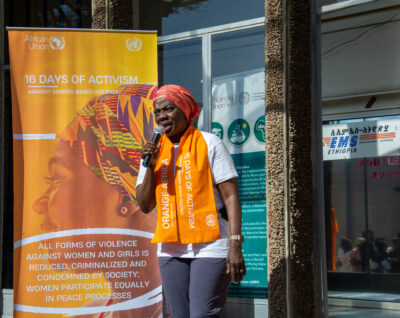At Patheos, Kathryn Lofton reflects on the National Day of Prayer:
You don’t need a degree in screenwriting to plot this pitch, and you don’t need a doctorate in American religious history to eviscerate the historical invocations that follow. The National Day of Prayer was an invention of the patriotic pandemic of the 1950s, when Truman and Eisenhower branded AMERICA within an inch of their legislative and ritual lives, certain (and certainly right) that the postwar ascendance of a geopolitical power meant that power needed to have an Image. That image would be a keen Judeo-Christian consumer smile. Unsurprisingly, this ‘Judeo-Christian’ is set to a Protestant default, since when in doubt the reformers do win the propagandistic competition (as Exhibit A, see the Press Room for the Task Force). Even the framing of the National Day of Prayer—emphasizing as it does not merely prayers as prayers, but prayers on behalf of others—plays at Protestant potency.
And so, lately, in phone calls and e-mails and hands held across hospital beds, I reach for words, knowing that the easiest would be, “I’m praying for you.” Easily, then, I could convey the depth of my feeling, the universality of their suffering, and the promise of redemption. I pray for you to…be healed, be saved, be delivered, be employed, be loved again, be seen again, be respected, again. The prayer just might deliver, and so I want to say it, say it so easily it sounds like rain. So easily it sounds true.
I don’t and can’t, not for theological grounds, but on relational ones.
Read the full post here.
[via: Religion in American History]












